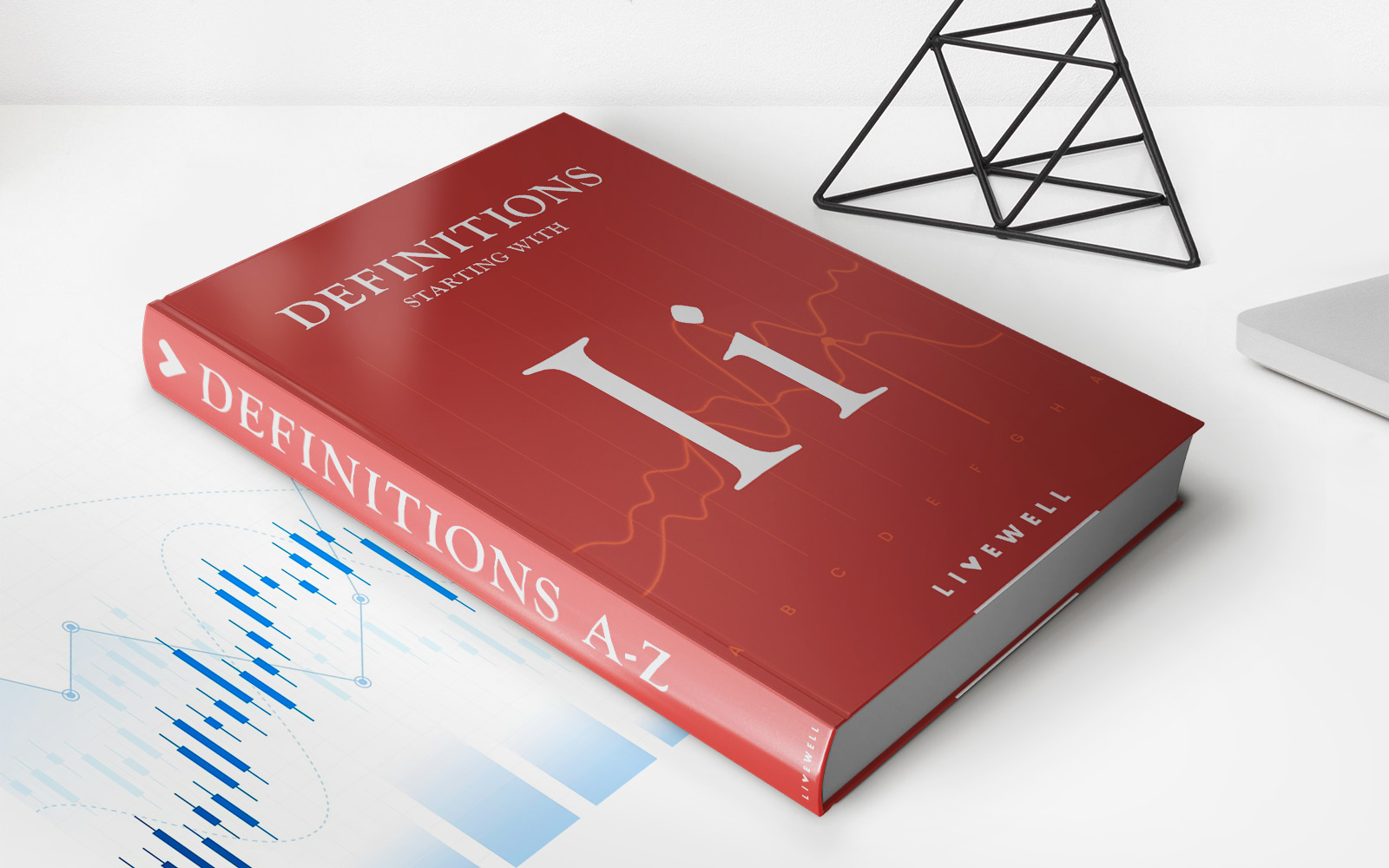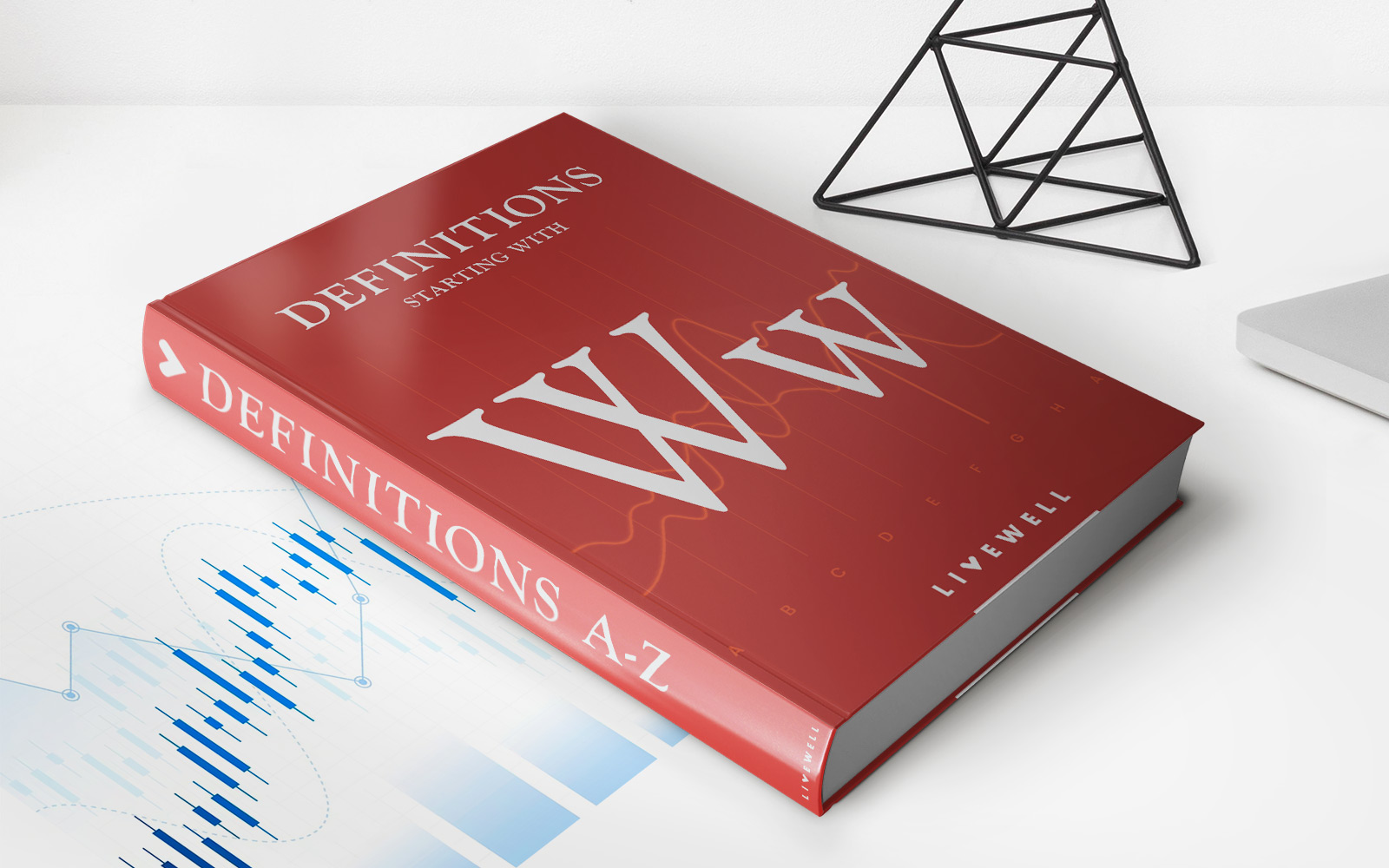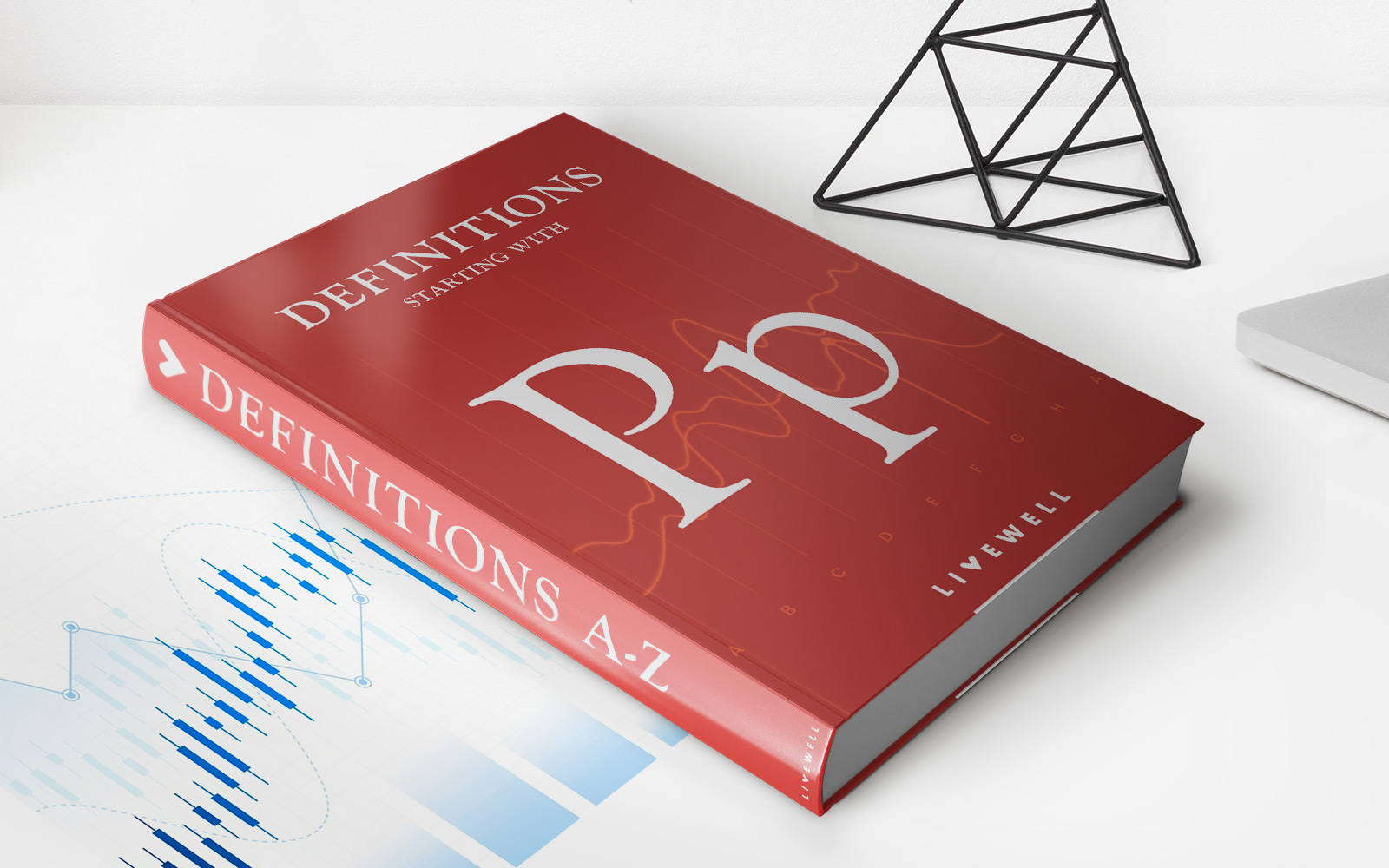

Finance
Self-Insure: Definition, Examples, Pros & Cons
Published: January 26, 2024
Learn about self-insurance in finance, including its definition, examples, advantages, and disadvantages. Make informed decisions on self-insuring by understanding the pros and cons.
(Many of the links in this article redirect to a specific reviewed product. Your purchase of these products through affiliate links helps to generate commission for LiveWell, at no extra cost. Learn more)
What is Self-Insurance?
When it comes to managing your finances, there are various strategies you can employ to protect yourself from unexpected expenses. One such strategy is self-insurance. In simple terms, self-insurance means taking on the financial responsibility of covering potential losses or damages yourself, rather than purchasing insurance from a third-party provider.
Key Takeaways:
- Self-insurance involves bearing the financial risk of potential losses or damages rather than relying on traditional insurance policies.
- It requires careful consideration of your financial situation, risk tolerance, and the specific risks you want to self-insure against.
How Does Self-Insurance Work?
Self-insurance works by setting aside funds specifically earmarked for covering potential future expenses. Instead of paying premiums to an insurance company, these funds are used to pay for any losses or damages that occur.
For example, let’s say you’ve decided to self-insure your car instead of purchasing auto insurance. You would set aside a certain amount of money, perhaps in a dedicated savings account, that would be used to cover any repairs or damages to your vehicle in the event of an accident. If no accidents occur, you get to keep the money in your account.
Examples of Self-Insurance
Self-insurance can be applied to various aspects of your life, depending on your financial situation and risk tolerance. Here are a few examples:
- Healthcare: Some individuals, particularly those who are financially stable and have a high tolerance for risk, may choose to self-insure for certain medical expenses. Instead of purchasing comprehensive health insurance, they may opt for a higher deductible plan and set aside savings to cover potential medical costs.
- Home and Property: Homeowners who have paid off their mortgage or have significant equity in their property may choose to self-insure against certain types of property damage.
- Vehicle: As mentioned earlier, self-insurance can be applied to vehicles, where you set aside funds to cover accidents or damages.
- Liability: Instead of purchasing liability insurance, business owners or individuals who have significant assets may choose to self-insure against potential legal claims.
The Pros and Cons of Self-Insurance
Self-insurance has both advantages and disadvantages, and it’s important to carefully consider them before deciding whether it’s the right option for you.
Pros:
- Cost Savings: One of the primary benefits of self-insurance is the potential cost savings. By eliminating the need to pay premiums to insurance companies, individuals can save significant sums of money over time.
- Flexibility and Control: Self-insurance allows for greater flexibility and control over your coverage. You can tailor the amount of funds you set aside to your specific needs and adjust them as your circumstances change.
- Investment Opportunities: The funds that you set aside for self-insurance can be invested, potentially allowing them to grow over time and provide additional financial security.
Cons:
- Financial Risk: Self-insuring means taking on the risk of covering unexpected expenses. If a major loss or damage occurs and the funds you’ve set aside are not sufficient, you could find yourself in a difficult financial situation.
- Limited Coverage: Depending on the risks you choose to self-insure against, you may have limited coverage. It’s important to carefully evaluate your risks and ensure you have sufficient funds to cover potential losses.
- Lack of Legal Protection: Insurance policies often come with legal protections and coverage that may not be available with self-insurance. In certain situations, this can leave you vulnerable to legal claims or liabilities.
Conclusion
Self-insurance can be a viable option for individuals who are financially stable and have a high tolerance for risk. By setting aside funds to cover potential losses or damages, self-insurance provides an alternative to traditional insurance policies. However, it is essential to carefully evaluate your financial situation, risk tolerance, and the specific risks you want to self-insure against before making a decision. As with any financial strategy, it’s always advisable to consult with a professional to ensure it aligns with your overall financial goals.














